For Women’s History Month, I thought it would be fitting to highlight women who contributed greatly to the tech world and computer science itself. Often, women are overshadowed by their male counterparts and not given the credit they deserve in this very male-dominated field. Here are a few women who changed the course of tech history and empowered many women to pursue a career in technology.
- Ada Lovelace
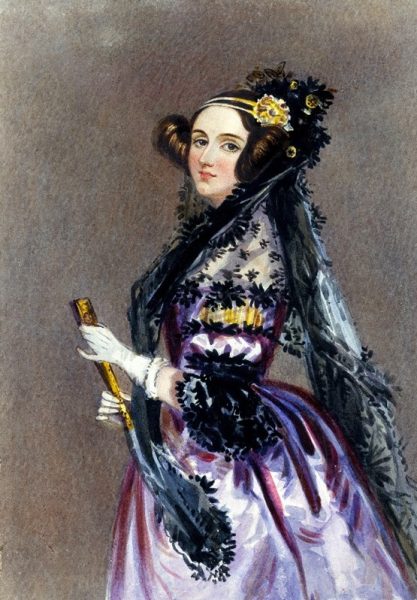
Ada Lovelace, an English mathematician, was born on December 10, 1815, and died on November 27, 1852. In her early life, her parents legally separated soon after her birth. Even though she never knew her father, Lord Byron, personally, she received private education and even educated herself. She was helped in her studies by mathematician-logician Augustus de Morgan, who was the first professor of mathematics at the University of London. She married William King, 8th Baron King, on July 8th, 1835, and later became Countess of Lovelace when her husband became an earl in 1838. She was an associate of Charles Babbage and first became interested in his machines as early as 1833. In 1843, she translated and extensively annotated an article by Italian mathematician and engineer Luigi Federico Menabrea that was about Babbage’s Analytical Engine, which has been considered the first computer. Her elaborate annotations even included how it could compute Bernoulli numbers. Even though Babbage only built a small portion of the machine, Ada Lovelace has been regarded as the first computer programmer, and the early computing language, Ada, was named after her. The second Tuesday in October has become “Ada Lovelace Day,” on which the contributions of women in STEAM are celebrated.
2. Grace Hopper
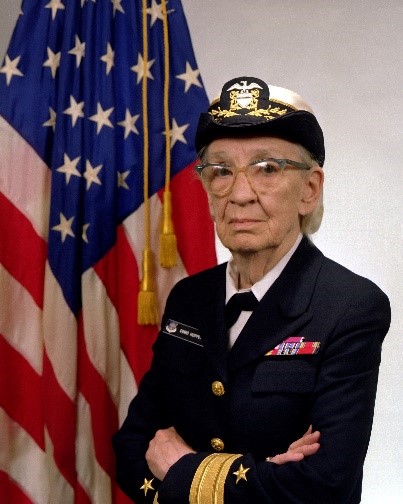
Rear Admiral Grace Hopper, an American mathematician, was born on December 9, 1906, and died on January 1, 1992. She joined the Naval Reserve in 1943 and was later assigned to the Bureau of Ordnance’s Computation Project at Harvard University in 1944, where she worked on developing Mark I, the first large-scale calculator and a precursor to modern electronic computers. She wrote the first computer manual about the operation of Mark I and about programming a computer. In 1949, after she joined the Eckert-Mauchly Computer Corp., she designed and created one of the first compilers, which translated a programmer’s instructions into computer code, and she also coined the word “compiler.” In 1957, she helped develop a compiler that had many features that inspired the development of the coding language, COBOL. At the age of 79, after having retired from the Navy but being recalled to duty again and being promoted, she was the oldest officer on active naval duty when she definitively retired in 1986. She was awarded many awards, both during her lifetime and posthumously, which include being named the first computer science Man of the Year in 1969, the National Medal of Technology in 1991, and the Presidential Medal of Freedom in 2016.
3. Hedy Lamarr
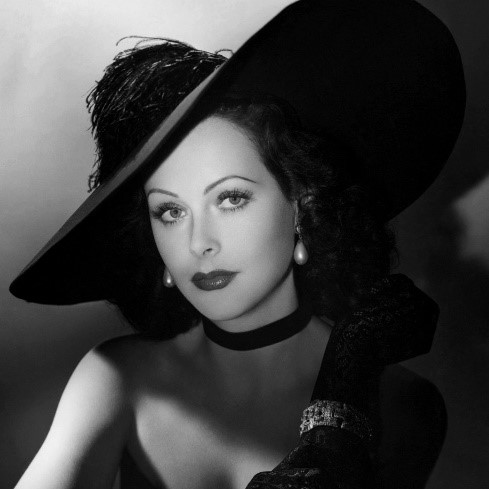
Hedy Lamarr, an Austrian-born American film star, was born on November 9, 1913/1914, and died on January 19, 2000. She was privately tutored at the age of 4, and by the age of 10, she was a skilled pianist, dancer, and could speak 4 languages. She is most known for her extensive acting career, which spanned both international and American audiences. During WWII, her prowess for inventing showed when, in partnership with composer George Antheil, she created an electronic device that significantly reduced the jamming of radio signals. Though this device was never used during wartime, it became a component of modern-day satellite and cellphone technology, and it paved the way for future technologies such as Bluetooth and present-day Wi-Fi.
4. Mary Kenneth Keller
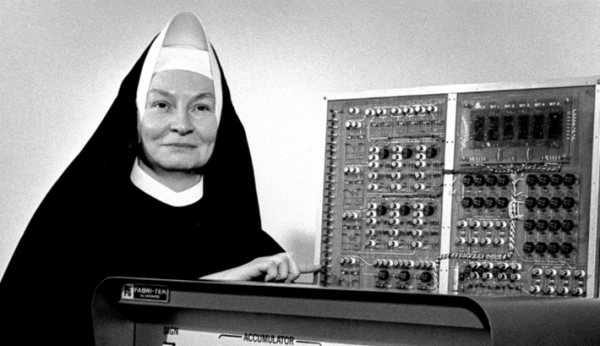
Sister Mary Kenneth Keller, the first person in the US to earn a PhD in computer science, was born on December 17, 1913, and died on January 10, 1985. At the age of 18, she joined the Roman Catholic order of the Sisters of Charity of the Blessed Virgin Mary in 1932, and professed her vows in 1940. She earned her B.S. in Mathematics and M.S. in Mathematics and Physics from DePaul University and then went to the University of Wisconsin-Madison to earn her PhD. Afterwards, she founded the computer science department at Clarke University in Iowa, where she became a pioneer in her field and advocated for equal access to computing for all.
5. Mary Allen Wilkes
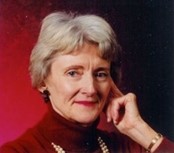
Mary Allen Wilkes, a lawyer and former computer programmer, was born in 1937. As a teenager living in Maryland, she dreamed of becoming a lawyer one day, until her geography teacher in junior high school in 1950 suggested that she should become a computer programmer. She had relatively no idea what a computer even was since computers were not generally accessible by the public yet. After later stowing her legal ambitions away, she remembered her junior high school teacher’s advice and went straight to M.I.T.’s employment office to ask for a job in computer programming, and she was later hired. As a philosophy major, Wilkes had the skills necessary for programming and had experience in stringing together statements like code, and she quickly became a natural programmer. In 1961, she was assigned to a new project that concerned the creation of the LINC, one of the world’s first interactive personal computers. In late 1964, she was asked to finish writing the LINC’s operating system. Because she had no desire to move to St. Louis, Missouri, where the computer lab had been moved to, a LINC was shipped to her parents’ house in Baltimore, Maryland, and she became one of the first people to have a personal computer in her home. Even though she found computers “intellectually stimulating,” she still desired to become a lawyer. In 1972, she applied and got into Harvard Law School and then spent the next forty years as a lawyer. She is now retired and lives in Cambridge, Massachusetts.
Computer science has come a long way to become what it is now, and many times, the contributions of many brilliant women go unnoticed. You may not even realize that some of the technologies and devices you use every day-Bluetooth and your laptop, for example-might not have been invented if it were not for those brave women who contributed to computer science and programming in tremendous ways. These women not only have inspired countless others to follow in their footsteps and pursue careers in computer science and STEM, but have also changed the game in tech.
References
Encyclopædia Britannica. (n.d.). Ada Lovelace. Britannica School. Retrieved March 8, 2024, from https://school.eb.com/levels/high/article/Ada-Lovelace/49130.
Encyclopædia Britannica. (n.d.). Grace Hopper. Britannica School. Retrieved March 8, 2024, from https://school.eb.com/levels/high/article/Grace-Hopper/888.
Encyclopædia Britannica. (n.d.). Hedy Lamarr. Britannica School. Retrieved March 8, 2024, from https://school.eb.com/levels/high/article/Hedy-Lamarr/343577.
Ryan, M. (2019, March 18). Sister Mary Kenneth Keller (PhD, 1965): The first PhD in computer science in the US. University of Wisconsin-Madison. Retrieved March 8, 2024, from https://www.cs.wisc.edu/2019/03/18/2759/.
Thompson, C. (2019, February 13). The secret history of women in coding. The New York Times. https://www.nytimes.com/2019/02/13/magazine/women-coding-computer-programming.html.
Whyman, A. (2019, October). The women who changed the tech world. Global App Testing. Retrieved March 2, 2024, from https://www.globalapptesting.com/blog/the-women-who-changed-the-tech-world.

